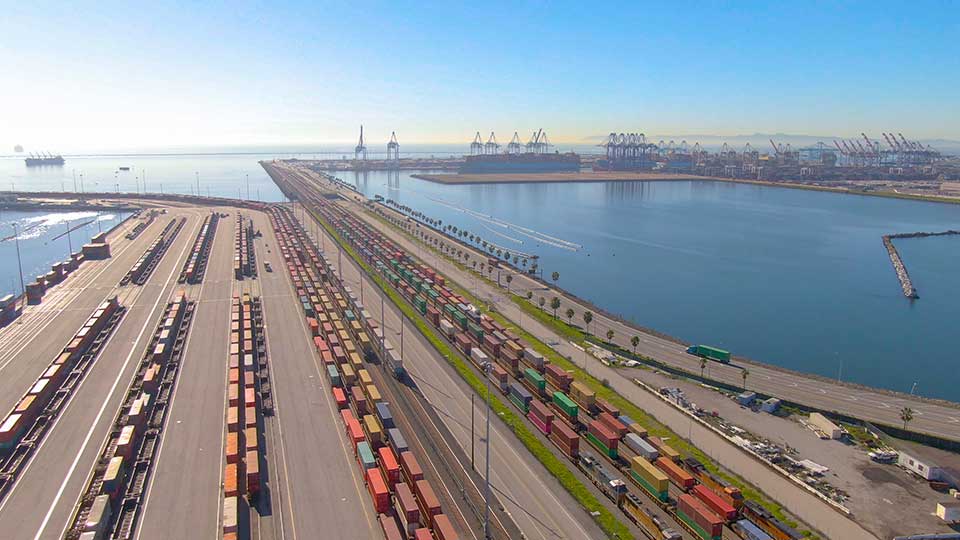
Essential West Coast ports will soon be operating around-the-clock and the U.S. government is pledging further efforts to try to alleviate the supply chain backlog. Maryland Smith’s Martin Dresner says federal government involvement can have a bigger and more long-term impact — through infrastructure spending.
“The president is proposing making better use of our current infrastructure by increasing working hours and spreading business more evenly throughout the day, '' says Dresner, professor and chair of the logistics, business and public policy department at the University of Maryland’s Robert H. Smith School of Business.
“Although this may help at the margin, there is only limited warehouse, rail and trucking capacity. It is difficult to expand this capacity in the short run. Although the backlogs will eventually work their way out of the system, this may take some time.”
In other words, don’t expect it to happen in time for your holiday shopping.
Dresner, also an associate editor for the Journal of Business Logistics, points to the complexity of the current supply chain problems. Significantly, he says, the pandemic “created increased demand for products shipped from Asia that arrive via container at major U.S. ports, putting pressure on shipping, port, truck and rail capacity.”
In the meantime, work rules designed to curtail the spread of the coronavirus and some port shutdowns reduced the throughput of the shipping industry — especially in Asia, he says. “This was coupled with a decline in the workforce as people retired or quit lower-paying jobs, including transportation and warehousing positions. And, finally, government policies pumped considerable cash into the economy, increasing consumer spending, thereby further increasing demand for consumer goods.”
The White House has said that if needed, it would take an active role in solving the crisis and would call on the private sector to step up.
But Dresner says federal support is best channeled through infrastructure spending. “In the long run,” he says, “better infrastructure should improve the functionality of supply chains.”
In the short run, Dresner believes it’s best left to businesses to work out the backlogs. “Prices are already adjusting and these prices will cause adjustments in consumer demand, and higher interest rates, should they be forthcoming, will also curtail consumer demand.”
And that underscores what’s at stake with the crisis.
“If interest rates are too low and too much money is pumped into the economy, consumer demand could stoke inflation,” he says. “If rates are hiked too quickly and government spending is curtailed, then we could get pushed into a recession.”
Media Contact
Greg Muraski
Media Relations Manager
301-405-5283
301-892-0973 Mobile
gmuraski@umd.edu
Get Smith Brain Trust Delivered To Your Inbox Every Week
Business moves fast in the 21st century. Stay one step ahead with bite-sized business insights from the Smith School's world-class faculty.